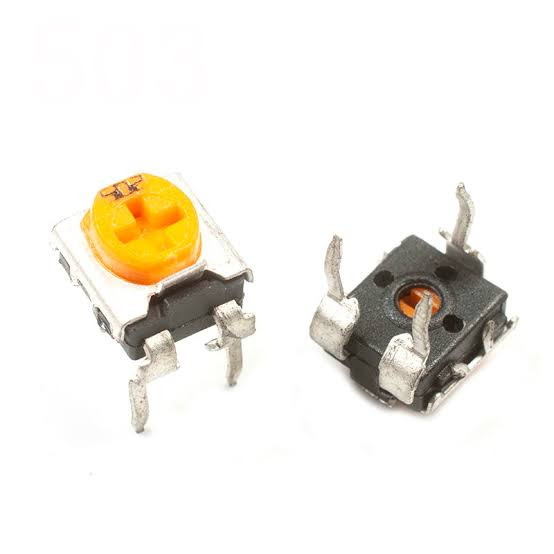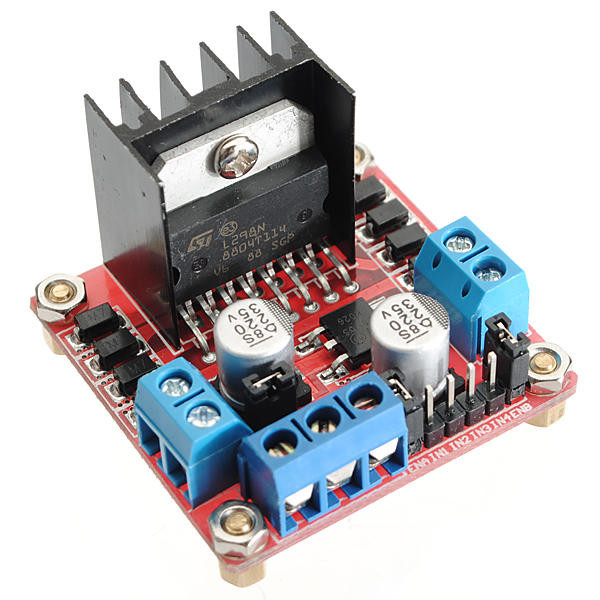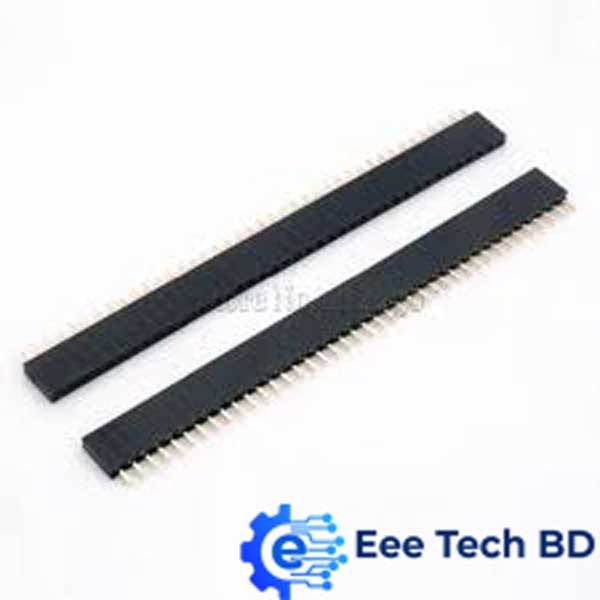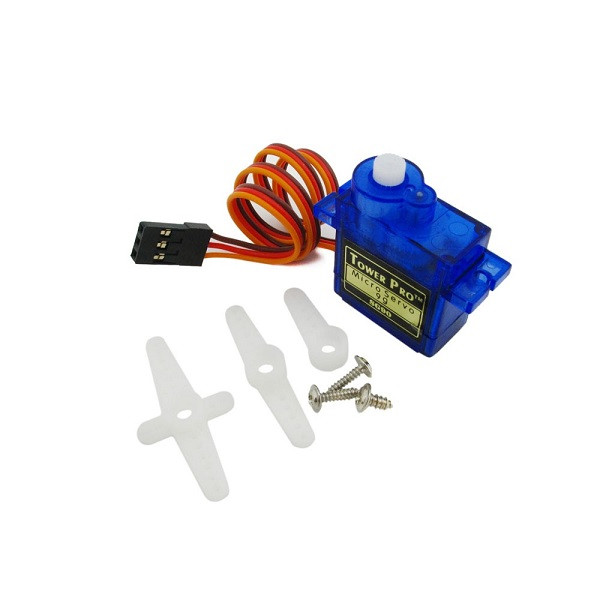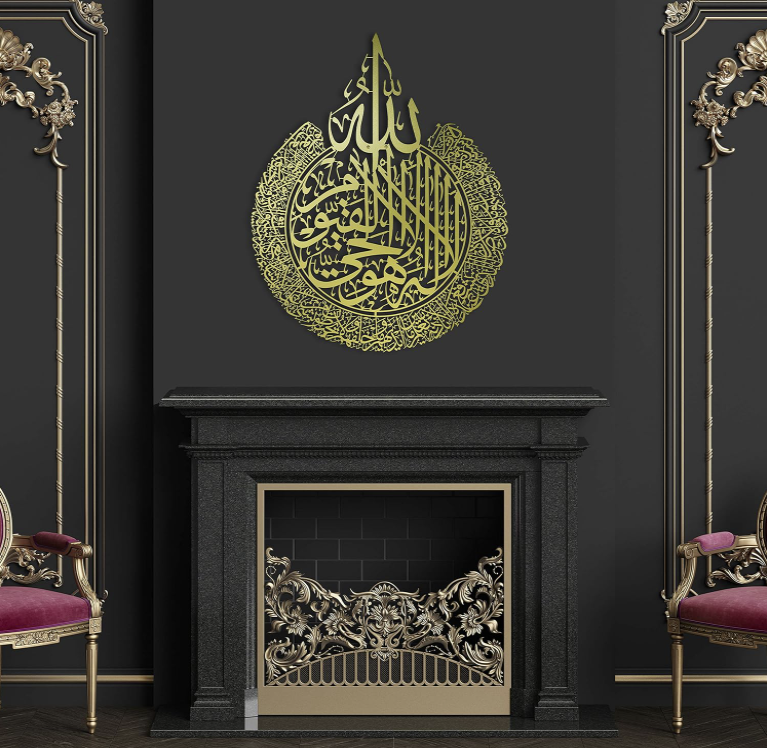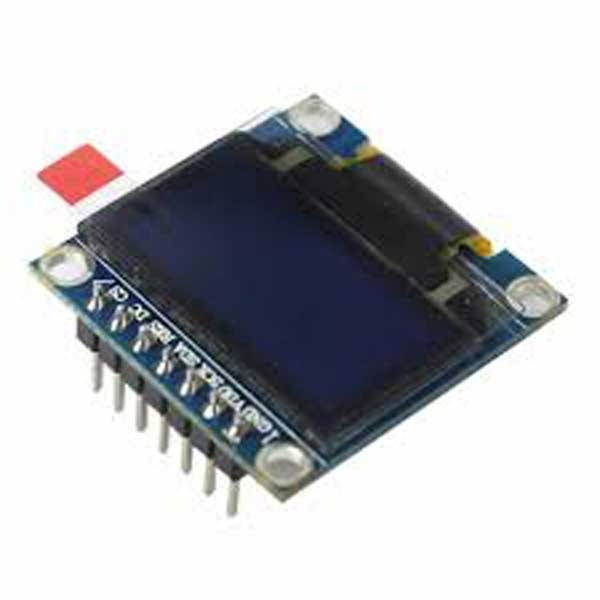

0.96 Inch 7P White SPI Oled Display
Price
৳410
/Per piece
Share
Top Selling Products
OLED (Organic Light-Emitting Diode) is a self light-emitting technology composed of a thin, multi-layered organic film placed between an anode and cathode. In contrast to LCD technology, OLED does not require a backlight. OLED possesses high application potential for virtually all types of displays and is regarded as the ultimate technology for the next generation of flat-panel displays.
The use of OLED technology offers the following advantages for flat-panel displays?
- 1. A simplified manufacturing process compared to TFT-LCD (See comparison of Picture 1 and Picture 2 below)
- 2. Self-emitting light, in contrast to the required backlight for TFT-LCD
- 3. High luminosity
- 4. Lightweight and thin (less than 2 mm)
- 5. Capable of wide viewing angles?~180??
- 6. Low operating voltage and power consumption
- 7. Quick response (~ ? second level)
- 8. Wide range of operating temperatures (-40c to 85c)
A Comparison of OLED and TFT-LCD Display Technologies
OLED"s basic structure consists of organic materials positioned between the cathode and the anode, which is composed of electric conductive transparent Indium Tin Oxide (ITO). The organic materials compose a multi-layered thin film, which includes the Hole Transporting Layer (HTL), Emission Layer (EML) and the Electron Transporting Layer (ETL). By applying the appropriate electric voltage, holes and electrons are injected into the EML from the anode and the cathode, respectively. The holes and electrons combine inside the EML to form excitons, after which electroluminescence occurs. The transfer material, emission layer material and choice of electrode are the key factors that determine the quality of OLED components.
Note:
If you decide to buy OLED display, you must confirm that you can make it work by yourself, we'll haven't any technology support except all the datasheet. Thanks for your understanding and support.
- Needn't backlight, the display unit can self-luminous
- High resolution: 128 * 64
- Viewing angle:> 160 °
- Supports many control chip: Fully compatible with Arduino, 51 Series, MSP430 Series, STM32 / 2, CSR IC, etc.
- Ultra-low power consumption: full screen lit 0.08W
- Voltage: 3V ~ 5V DC
- Working Temperature: -30 c ~ 70 c
- I2C/IIC Interface, need 2 IO only.
- Driver IC: SSD1306
- Display Color: White/Blue/Blue Yellow
Package Included:
- 1 x 3-5V 0.96" SPI Serial 128X64 OLED LCD LED Display Module
Frequently Bought Products
Top Selling Products

